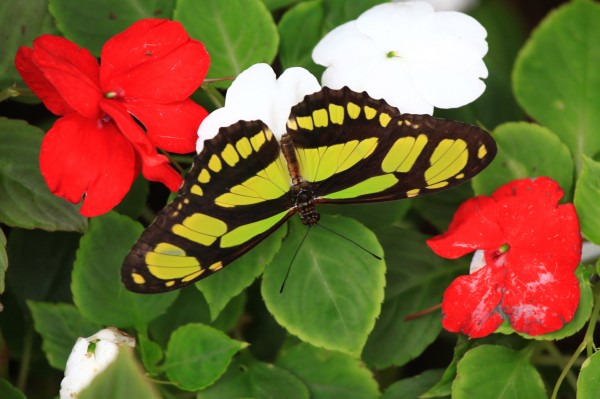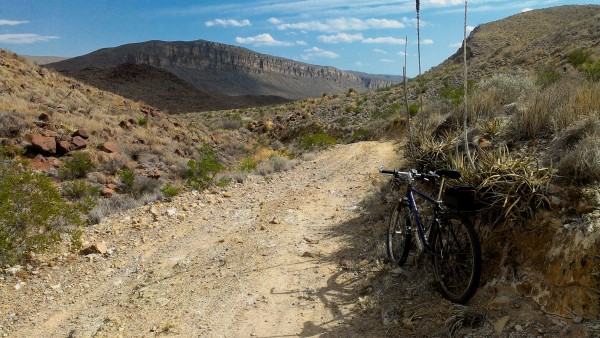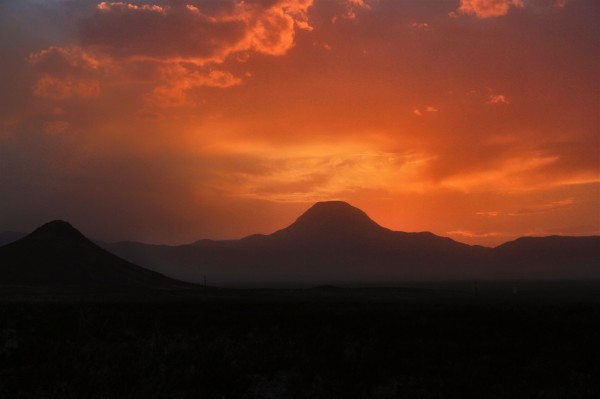Photography Tips: A good Starting Point
Having been a professional photographer much of my working life, I have seen technology change dramatically, especially with the invention of digital photography. Digital cameras have gone from prohibitively expensive, even for the working professional, to cameras that can be considered “disposable,” they are now so inexpensive. You can argue ad infinitum on which brand, model, or chip type is “best,” but in the final analysis, nearly all the new digital cameras are excellent for capturing an image for enjoyment by the average person.
What has not changed, from the beginning of photography until present, is the fact that the camera is only a BOX TO CAPTURE LIGHT. What makes the difference between a good image and a poor one depends on these factors: LIGHT, EMOTION, COMPOSITION, and THE LENS that the light passes through.
You’ll notice that of the four basic elements of a good photograph, only one of those is related to equipment, and it’s not the camera. So, let’s discuss first the LENS. You can have the most expensive camera out there, and believe me, there are a few that can still set you back many thousands of dollars, but if you bring the light (the image) through a cheap lens, one with poor glass, and many poorly engineered moving parts within to make the lens zoom, it matters not how many pixels your camera’s manufacturer brags about, you will get a poorly focused, inconsistently exposed, and disappointing image. For example, I have a Canon 5D Mk II camera body, which is one of my studio cameras that has been a workhorse for me ever since it was introduced a few years back. When Canon introduced the Rebel T2i camera, I bought one for my backpacking, since it is much lighter, and if I trash it on the trail, I won’t lose nearly as much sleep as if I destroyed my more expensive camera. For an experiment, I took the lens that came with the Rebel and put it on my 5D and did some test shots. Then, I took one of my favorite Canon lenses, which cost much more than the camera, and put it on the Rebel and did the same test exposures. Results: the $500 Rebel with the more expensive lens produced sharper, more vivid images that did the $3000 5D with the cheap lens. No contest. So, if you are serious enough to justify owning a SLR camera (one with interchangeable lenses that views through the lens), research your lenses more thoroughly than you do the camera when making the investment, and spend your money on the lens.
The only other thing I’ll say about cameras and lenses is that if you talk to 10 “professional” photographers and ask which is the best one to buy, you will get 10 different answers, usually based on what each one of them owns. Go to a reputable camera store (not Best Buy, Walmart, or some other discount box store, but a camera store that has been in that business for years), and find a knowledgeable salesperson to demonstrate a number of different cameras for you. With digital, you can actually take photos right there in the store and find one that you feel comfortable with (operator friendly). The best camera for you will be the one you can use easily without having to fiddle with the controls when taking an image so that you miss the shot of that child making a wonderful face, or that elk blowing frost from his nostrils on the edge of a clearing on a cold morning. Buy that one, get a great (not good, but great) lens, and go out and take a lot of pictures.
One more thing: please don’t have the salesperson spend a lot of time getting to know you and demonstrating the equipment, only to go order the camera on the internet from B&H. Bad form. If you go armed with the internet prices, the store will meet those prices. If they don’t, then you are justified to go to the internet for your purchase. I know of no professional camera store that will not meet an internet price. Just ask.
LIGHT: the most important ingredient in taking a great image. The best light for photography is a cloudy day. Yes, I said cloudy. Professional photographers spend hundreds of dollars on large umbrella-looking attachments for their studio lights that have large, opaque, white covers on them to diffuse the light so it looks soft and brings out detail while hiding sharp edges, such as lines on faces. Clouds do the same thing to the sun. Embrace a cloudy day and properly expose for the lower light levels, set your camera on “auto white balance” to compensate for the color temperature change, and see how much better your exposures will be outside. Having spent years studying light and lighting for photography, I could write an entire book (and some have) on lighting, so this is to say, go find out more about it and your pictures will get better. And one more thing, try to not always take images with the sun at your back, as you have always been taught. Use backlight from the sun (or other light source) to rim the outlines of your subject, and you will add drama to the scene. Learn how to use your camera’s flash as a “fill light” when your subjects’ faces are in shadow from the sun being at their backs, and you will eliminate squinting and furrowing of brows because they are not looking directly back into the sun. Here is a good “how-to” basic article on this: http://www.digitalcameraworld.com/2012/05/20/master-fill-flash-in-4-easy-steps/
Practice, practice, practice.
























